9 Different Podcast Formats
When you decide to start a podcast, there are a lot of decisions to make. Some stuff comes right away at the conception of the idea. You might know your topic, your audience, your style, etc., but there’s always more to plan. One of the most important things to consider before you start pushing out episodes is your format!
Choosing a podcast format is a big decision! It’ll keep your listeners listening or push them to keep looking. There are quite a few formats that have become favorites over the years that you can use as a template. So, here are 9 different popular podcast formats for you to consider:
9 Different Podcast Formats
Interview
The interview podcast format is one of the most used! In an interview show, the host brings in different guests weekly, and asks them questions on a particular topic. These are questions the listeners are asking or would ask, and the podcast host acts as a facilitator. The interview show is usually conversational, but the host keeps the topic cohesive.
Pros of Interview Podcasts:
Guest Focus
Your guest is the star of the show. You’re more the facilitator in this format.
No Script
With this format, you don’t need to write out a full script. Plus, listeners will be forgiving of small mistakes, because they know you’re having an authentic conversation.
Organic Promotion
Naturally, your guests will be notable figures. This means, they’ll pull an audience to your podcast all on their own. This is great for marketing new podcasts!
Wide Scope
You don’t have to worry about your own opinion being overrepresented and annoying the listeners. Guests allow for lots of ideas and perspectives to be shared objectively.
Cons of Interview Podcasts:
Traction
You’ll struggle to find guests early on. Bigger-named guests that’ll bring an audience won’t be interested in a small podcast with no analytics. This can make getting an interview podcast off the ground difficult.
Delivery
Interviewing isn’t an easy task. You’ll have to practice your delivery again and again to get it right!
Workload
Finding new guests is tough each week. You’ll always be planning and coordinating.
Control
Since your guests are the star, you lose control of your podcast content. If a guest isn’t interested or isn’t organized in their delivery, listeners may move on!
How to Do Interview Podcasts:
Find Guests
Research guests in advance and plan them out from week to week. You’ll need to stay ahead to avoid running dry of guests. Contact guests weeks or months before you’d like them to appear to ensure you have a full schedule. Click here to learn more!
Research Guests
You need to know a lot about your guests. Research them so you can reference their accomplishments, expertise, and viewpoints. This will help you craft the perfect questions and decide what will be interesting to readers.
Prepare Guests
Next, prepare your guest for the interview. Give them a copy of the questions, so they can somewhat plan their responses. You can still be organic and ask spontaneous questions in the interview, but this makes sure they prepare the proper research and materials for your episode.
Ready Tech
Whether you’re interviewing via video chat or in person, you need to have your tech ready to go. A poor connection or crappy equipment will reduce the quality of your podcast and turn listeners off early.
Interview
Finally, interview your guests! You’ll need some light editing, but luckily you won’t need a lot of retakes for the perfect recording. People love the authenticity of an organic interview.
Examples of Interview Podcasts:
Monologue
A monologue podcast is also known as a solo podcast. These podcasts are run only by the host, who speaks on their topic for the entire podcast. They deliver the information by a script (even if it’s loose), and it’s based on their specific area of expertise.
Pros of Monologue Podcasts:
Control
You’re in total control of this podcast format. You can keep pushing for a perfect recording and the perfect delivery because you’re the only one that needs to prepare and execute.
Editing
You’ll find editing much easier with this format. There’s just one track! Easy.
You Focused
You’re the start of the show. Unlike an interview format, you’re the center of attention and your expertise is what’s highlighted!
Cons of Monologue Podcasts:
Time
These podcasts take a lot of time to plan, prepare, execute, and edit. Listeners will expect the finished project to be really polished, so only your best will do.
Interest
Keeping your listener’s interest might be more challenging without the back-and-forth of a conversation. You’ll have to really focus on good delivery and engaging content.
How to Do Monologue Podcasts:
Plan Content
Since you’re a one-woman/man show, having weeks’ worth of podcasts in your bank before you get started is a good idea. You won’t be able to rely on anyone else if you are out of content.
Write Script
Next, write a detailed script. Even if you don’t follow it word-for-word, you should have a script to keep you on track and promote good vocal delivery.
Record
Now, it’s time to record your podcast. Get the perfect recording by restarting each time you’re not satisfied with the audio.
Edit to Perfection
Finally, edit your tracks to perfection by taking all the best cuts.
Examples of Monologue Podcasts:
Conversations
A conversational podcast is another super common format! This one is comprised of two people who share a similar circumstance or expertise. The two talk back and forth as co-hosts. They will discuss a certain topic in a way that feels like listening in on two people’s conversation. It’s more casual than some on this list.
Pros of Conversations Podcasts:
Split the Work
With a conversational podcast, you can do half the work! Bounce ideas off your co-host, share scriptwriting duties, and, of course, record together. This relieves a lot of pressure.
Organic Delivery
With this option, you don’t need as much preparation. You can script some, but a word-for-word script isn’t what your listeners are looking for. They’re looking forward to the conversational delivery. It makes them feel like they’re hanging out with you.
Cons of Conversations Podcasts:
Partner
Finding the right partner is HARD. You could disagree on a topic or on the delivery style. One partner could go off-topic, and it’d be difficult to rein them back in. Plus, finding someone who you have lots of chemistry with is like finding the needle in the haystacks.
Editing
Editing two voices is definitely harder than one. Not impossible, but it’ll take more time to get a good final cut.
How to Do Conversations Podcasts:
Find a Partner
Finding a partner could be the hardest or easiest part. You may already have someone in mind! If not, the process of locating one should be your main priority.
Decide on Topics
Once you have your person, decide on plenty of topics in advance and prioritize them. Ensure you both have expertise on all your content ideas.
Practice
Before you go to the studio, practice your delivery. You’ll work through common hiccups, learn to add humor and practice staying on time.
Record
Next, record your podcast. Feel free to stop and re-record certain elements. Try to keep your flow as you do this!
Edit
Edit each track to make the recording pleasing to listen to.
Examples of Conversations Podcast:
Panel
Panel podcasts are like interview podcasts, but there are multiple people weighing in at once. A group of guests will discuss a single topic as you, the podcast host, guide the conversation. It’s usually more of a discussion rather than a question and answer.
Pros of Panel Podcasts:
Interest
These podcasts offer lots to listeners. Hearing a round-table discussion from a group of experts or a group of people in the same circumstance is really exciting for your subscribers.
Organic Marketing
Each of these experts will probably bring their own crowd of listeners. This could get a lot of organic growth to your podcasts.
No Script
There’s no need to write a script here! Your guests will come with plenty to say.
Cons of Panel Podcasts:
Workload
Getting one guest each week is tough. Getting multiple? That’s a TON of work. It’s not just about finding people willing to join, but even coordinating the right time is a huge undertaking.
Guest Focus
The guests will mostly do the talking, so you’re not the focus. You’ll simply make sure everything stays on topic and on time.
Facilitation
Yes, time is tough, but also location or connection. Internet or phone connections can be unreliable. Additionally, getting everyone to one location if they’re in different cities is expensive. Facilitating panel interviews is tedious and difficult.
Editing
The more tracks you have, the more time-consuming editing will be. Really, the workload overall of these types of podcasts is intense.
How to Do Panel Podcasts:
Find and Compose Guests
Find guests that’ll join your podcast at its early stage. Make a long list of guests and then start grouping them up in interesting panels.
Prepare Guests
Even though it’s not scripted, prepare guests for your show by setting expectations, making the topic and tone clear, and communicating the facilitation.
Ready Tech
Get your tech ready for such a big group! Leave plenty of time to confirm there are no technical difficulties or connectivity issues.
Record
It’s time to record your panel! Keep everyone on track and don’t be afraid to cut people off. (Politely.) Remember, your listeners are those you’re trying to please, not just your guests!
Edit
Editing is going to take a while. Leave yourself plenty of time to edit each of those tracks.
Examples of Panel Podcasts:
Narrative Nonfiction
Another podcast format is narrative nonfiction or non-fiction storytelling. This is where a podcast host picks a real-life event and communicates it in a dynamic way. The story must be compelling to the reader both in content and voice!
Pros of Narrative Nonfiction Podcasts:
Familiar
Podcasts are getting more popular all the time. However, there are still plenty of people that aren’t too familiar with the medium. Narrative podcasts are essentially audiobooks, though, so this is really approachable to new listeners. It’s a universally liked format!
More Content
With a non-fiction story, you may be able to splice other audio pieces to get your length without talking the whole time. You can add interviews, news broadcasts, sound effects, music, and more.
Easy Content
There are millions of interesting non-fictions stories that haven’t been told. You will always have plenty of content to work with.
Control
Since this is another form of the monologue podcast, you don’t have anyone else to rely on but you! You hold complete control of your project, and you’re the star!
Cons of Narrative Nonfiction Podcasts:
Research
If you’re writing non-fiction, you’ll need to do a ton of research. Listeners will expect your facts to be 100% correct. Plus, you’ll need to collect any other audio you want.
Script
A script is a must with this format, and your delivery should be spot-on. You’ll have to do lots of takes to get the right recording, and your script needs to grab a listener’s interest.
Editing
Editing takes a long time, especially if you’re alone. This is especially true if you have additional audio files to add.
How to Do Narrative Nonfiction Podcasts:
Research Story
First, you have to find the perfect story. It needs to be something no one has heard before, and it needs to be super interesting! Take a lot of time interviewing people and searching on the internet to find your topic.
Write Script
Once you have your topic, prepare and write your script. Write it and rewrite it to get the best narrative for your listeners. Plan where you’ll put in additional audio elements too.
Practice Delivery
When your script is complete, practice saying it to avoid vocal mistakes when recording. This will relax you when you sit down to record.
Record
Now, record your narrative. Do plenty of retakes to get the perfect voice! Listeners will have little patience for inaccuracies.
Edit
This one will take some time to edit, especially if you re-recorded it frequently. Leave plenty of time to find the right places for your audio elements!
Examples of Narrative Nonfiction Podcasts:
Audio-Drama (Narrative Fiction)
Audio-dramas are fiction podcasts that tell a story. This type of podcast usually includes sound effects, music, and sometimes a full acting cast. This is also a podcast where you could save time by repurposing content. Instead of coming up with your own fiction story, you could utilize something in the public domain.
Pros of Audio-Drama Podcasts:
Retention
Once you get a listener’s attention, you’ll likely keep them. They’ll want to know what happens in your next installment, even if they’re only a little interested. This is great for new podcasts!
Less Competition
Though audio-dramas have been around since the dawn of radio, they’re not as popular in the podcast world. So, you’ll stick out from the crowd if you have something really cool.
Made Up
Since it’s fiction, you don’t have to spend so much time researching and getting everything right. You also don’t have to worry about coming up with new topics every week, since the story naturally progresses.
Cons of Audio-Drama Podcasts:
Niche
It’s super niche, so there aren’t as many people out there looking for this exact format anymore. This can make it hard to find a large audience.
Script
If you thought scripting monologue or non-fiction podcasts were difficult, audio dramas are on a whole other level! Every script must be refined and planned a whole “season” in advance. This creates a lot of work upfront.
Team
If you plan to have a variety of character voices, sound effects, and music tracks, you’ll need a good sized team. This can be expensive and hard to come by.
How to Do Audio-Drama Podcasts:
Create Story
First up, create a compelling story. It can’t be too similar to what people have read. Nor can it be too different. Find something that’ll speak to a wide audience, but will keep each listener coming back for more.
Write Scripts
As we said, you’ll need all the scripts for your current story arc to prevent continuity issues. You’ll need to sit down and create as many episodes in advance as you can.
Workshop and Revise
Since you’re focused on a fictional narrative, you should workshop the story and see what people around you say about it. Take feedback and revise your scripts.
Record
Record your podcast and focus on the perfect voice. Listeners will have no patience for mistakes, ums, ahs, and gaffs.
Add Extras and Edit
Add your music and sounds, and edit it to perfection! Take your readers on a fantastic adventure.
Examples of Audio-Drama Podcasts:
Education
Educational podcasts could be really similar to other podcasts on this list. In fact, you could have an educational podcast that’s in a solo format. Or, an educational podcast in an interview or panel format. However, what sets this podcast type apart is that it’s focused on teaching.
Pros of Education Podcasts:
Credibility
If your goal is to establish authority in your space, an educational podcast is a great way to show your audience that you’re an expert.
Love to Learn
People like to learn. Once they become interested in a topic, they love to gain all the information they can on it. This will keep them tuning in each week.
Flexible Format
You can get wild with the format. You can do some episodes as monologues and do others with guests. Honestly, you could even do a narrative nonfiction element. As long as you stay on the topic of the podcast, your listeners won’t mind the variety.
Cons of Education Podcasts:
Limits
Eventually, there will probably be a limit to how much you can teach on one topic. This could mean your content runs dry after a while.
Accuracy
Getting all the research and information right is vital for an education podcast. Listeners will not be forgiving of any incorrect facts.
Preparation
There’s a lot of research, preparation, and scripting that goes into an educational podcast. Even if you do something more conversational, you still need to have all your data handy and have a good outline for the episode.
How to Do Education Podcasts:
Choose Topic
Figure out a topic that’s broad enough to include lots of episodes, but niche enough to bring interest to your readers.
Content Plan
If you think there’s enough information on that topic to have a long-running podcast, test the theory. Plan out months of content on a spreadsheet to confirm you won’t run dry on ideas!
Research
Research your upcoming topic and collect all your numbers and facts.
Record
Record your podcast in the desired format, edit it to your liking, and upload it!
Examples of Education Podcasts:
Investigative
We know the world has an obsession with true crime. This is a popular format that has a variety of delivery options. Evidence and story could be expressed through non-fiction narratives, conversations, or even interviews. Each format brings something different to the table and has a unique tone!
Pros of Investigative Podcasts:
Popular
This is a really popular podcast style. This could be positive or negative. But we consider it a positive because as long as you’re talking about a different crime than other podcasts they listen to, you won’t be in competition with as many podcasts as you think. For example, people probably pick only one podcast on organization to listen to, but they’ll listen to to a dozen true crime podcasts as long as they’re about different crimes.
Control
You have control over the narrative in most formats. You can determine exactly how the podcast lays out to ensure you have exciting cliffhangers and equally interesting episodes every time.
Cons of Investigative Podcasts:
Research
There is a ton of research that goes into an investigative podcast. Not only are you compiling information from the internet, but you’re probably interviewing people, visiting important locations, and developing new theories. All of this takes a lot of time and brain power.
Saturated
Again, being popular is positive and negative. There are lots of high-quality investigative podcasts, so listeners will only accept the highest quality. If your audio quality or delivery isn’t exactly what they want, they’ll move on.
Editing
If you’re using a lot of additional files like voice recordings, interview snippets, and news clips, editing will take some time.
How to Do Investigative Podcasts:
Find the Perfect Crime
Don’t commit the perfect crime, but definitely find the perfect one. You want something exciting with lots of twists and turns. You want something relatable too. But, you probably don’t want something too recent or too controversial. Get some distance.
Research
Research the crime to death! Don’t just read the information that’s easily available, but dig deep to find things that your audience has never heard or seen before.
Organize Info
You’ll need to reference your material throughout your podcast, so get all of it organized. If it’s readily available, you’ll avoid accidentally saying something false.
Plan Delivery
Now, how will you deliver the podcast? If you’re doing a monologue, script it out. If you’re interviewing people, set up the calls. And, if you’re just chatting with your co-host, discuss your plans and research.
Record and Produce
Finally, record your podcast, add your extra audio bits, and edit it to match your format.
Examples of Investigative Podcasts:
Video
Video podcasting has become super popular! A video podcast is when both video and audio is recorded during a podcast episode. The audio is always prioritized, but the recording studio has an aesthetic element that makes it feel made for video. These have become popular because people love to see BTS of creative projects and because YouTube uploads are great for search engine optimization!
Pros of Video Podcasts:
SEO
Search engine optimization makes your content visible to Google searchers. Podcasts are hard to find on search engines, but video content populates well. YouTube videos are a great way to populate on search engine results pages and move toward podcast monetization.
Repurposing
It’s so easy to repurpose content when it’s in a video format! Put clips on TikTok or Instagram. Upload it to YouTube. Whatever! Also, it’s not really a lot of extra work. Just set up cameras in the studio!
Flexible Format
This podcast type can be a lot of things. People will love to watch whether you’re solo or with a whole panel of guests. Listeners are particularly interested in the conversational style of the video addition!
Cons of Video Podcasts:
Editing
There is more editing work with videos, so you need to have the team to do it. It might not be more work for the podcast host, but it is more work for the production side of things!
Aesthetics
Lighting, make-up, and room design suddenly all become important! Make sure you have great staging. Luckily, you can mostly set it and forget it, but realize your video needs to be high quality like your audio.
How to Do Video Podcasts:
Set Up Studio
When you decide to start doing a video podcast, you need to set up your studio. It shouldn’t just be set up to have great audio quality, but now you need room for guests, decor, and other aesthetic pieces. Plus, you’ll need to decide on all your cameras and angles, the lighting, and any extra video equipment.
Decide on the Visual Element
How do you plan to interact with the visual element? Will you look at the camera? Will you pretend they’re not there? And, will you have demonstrations and other visuals as well? All these things must be determined before you hit record!
Record Both
Finally, record your audio and video. Obviously, record them separately so each can be edited. Don’t rely on a webcam or camera microphone to catch your voices.
Edit Both
Edit each one to the highest quality. Then, upload for your audience’s enjoyment!
Examples of Video Podcast:
How to Choose a Podcast Format
Once you’ve read about all the podcast formats, it’s time to choose your style. Which format will make your podcast a great podcast? Here are some things to consider:
Budget
What’s your budget? If you have a low budget, a monologue or narrative style may be best. This format only requires one person to execute the entire podcast process. This makes it time consuming, but cheap. If you add more tracks, more people, and more production, you’ll make your podcast more and more expensive.
Time
The amount of time is another important factor to consider. An investigative, educational, or narrative podcast will take a ton of prep work. All the research isn’t for those with busy busy schedules. Consider a conversational or interview type podcast if time isn’t on your side!
Purpose
What is your purpose? Ask yourself if you primarily want to entertain, educate, commemorate, or celebrate! An audio-drama will definitely entertain. An investigative podcast could both educate and commemorate. And, a panel or interview podcast could celebrate! Consider why you’re making your podcast, and what will best fulfill that purpose.
Tone
The tone of your podcast is an important trait of your podcast. Something serious and riveting might work best in a monologue format, whereas something comedic and casual would work best in a conversational podcast. An investigative podcast could be fun and funny, or respectful and riveting. Each format provides a different mood, so think about that before making your choice.
Team
How big is your team? Is it practical to believe you can produce a multi-media panel podcast all by yourself? Probably not. If you’re not particularly skilled in editing, a multi-track audio drama with lots of sound effects may not work. Before dreaming big, consider who you have in your corner.
You’ll do your content justice and serve your audience best with the right podcast format.
Choosing a podcast format isn’t always easy. If you’re an avid podcast listener, you probably like different things about each style. That’s why we’ve weighed the pros and cons for you to find the perfect podcast format fit for you and your content.
For more information on starting and maintaining a podcast, check out our blog! And, for podcast inspo, head over to our show page. Listening to professionals using these formats will help you determine what’s best for your new project!




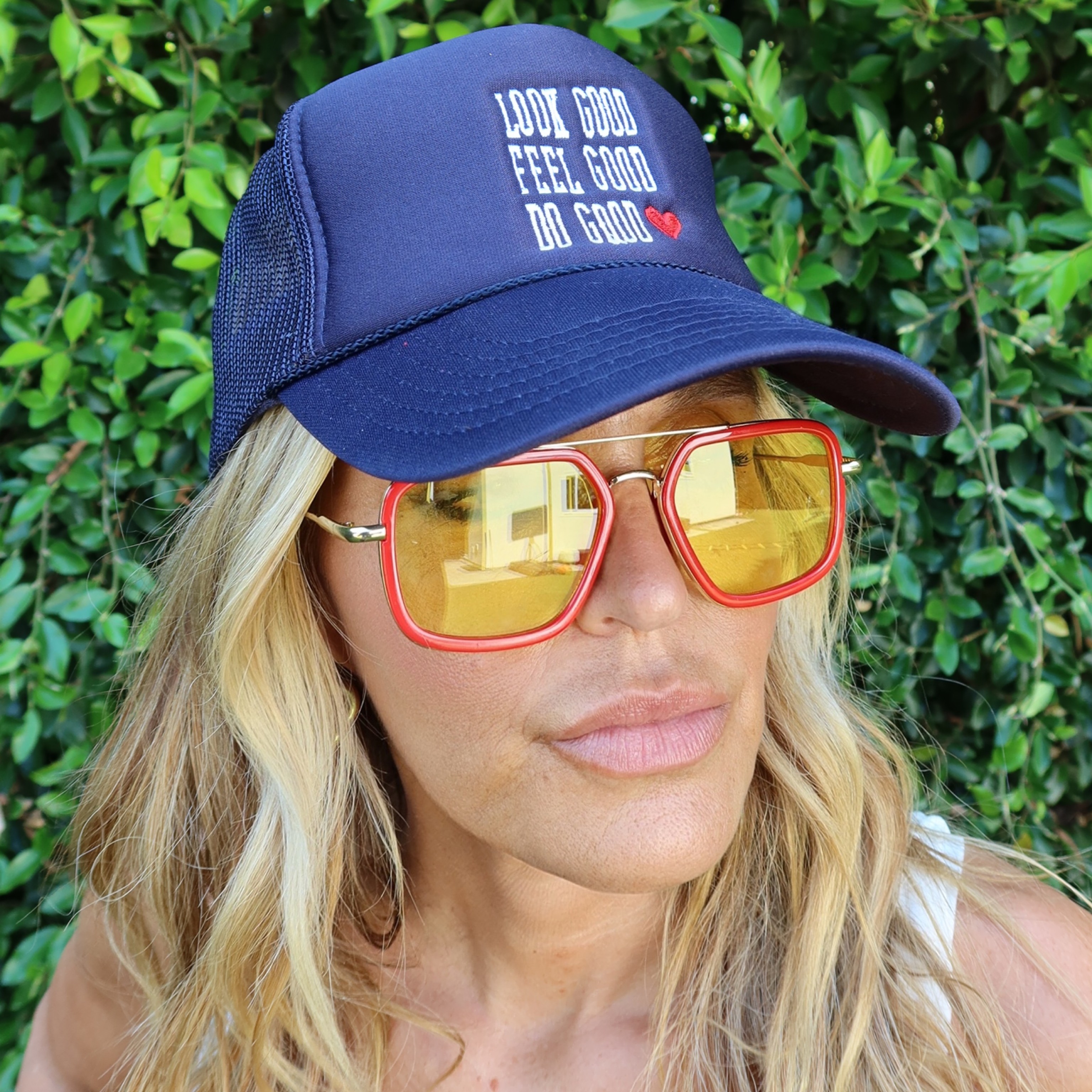


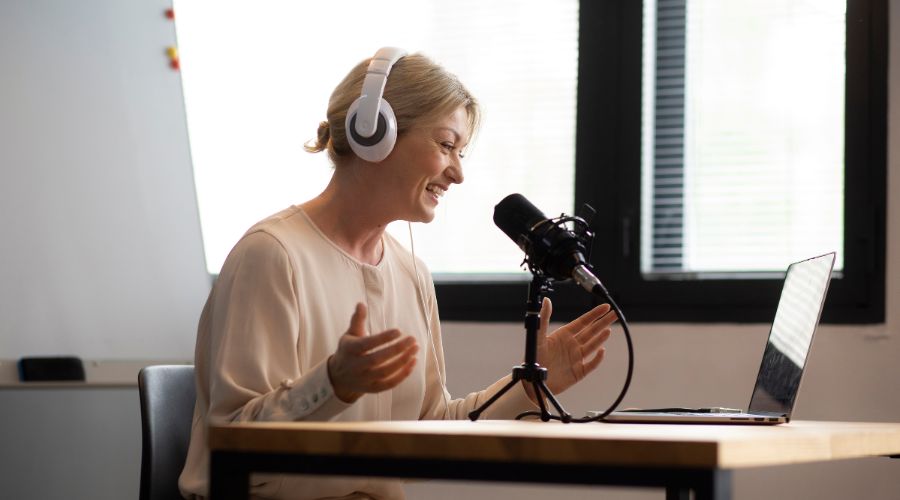
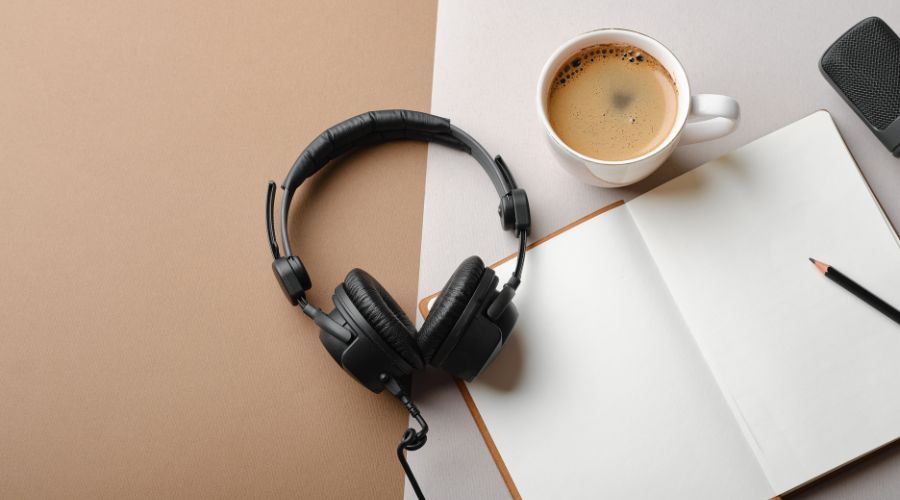

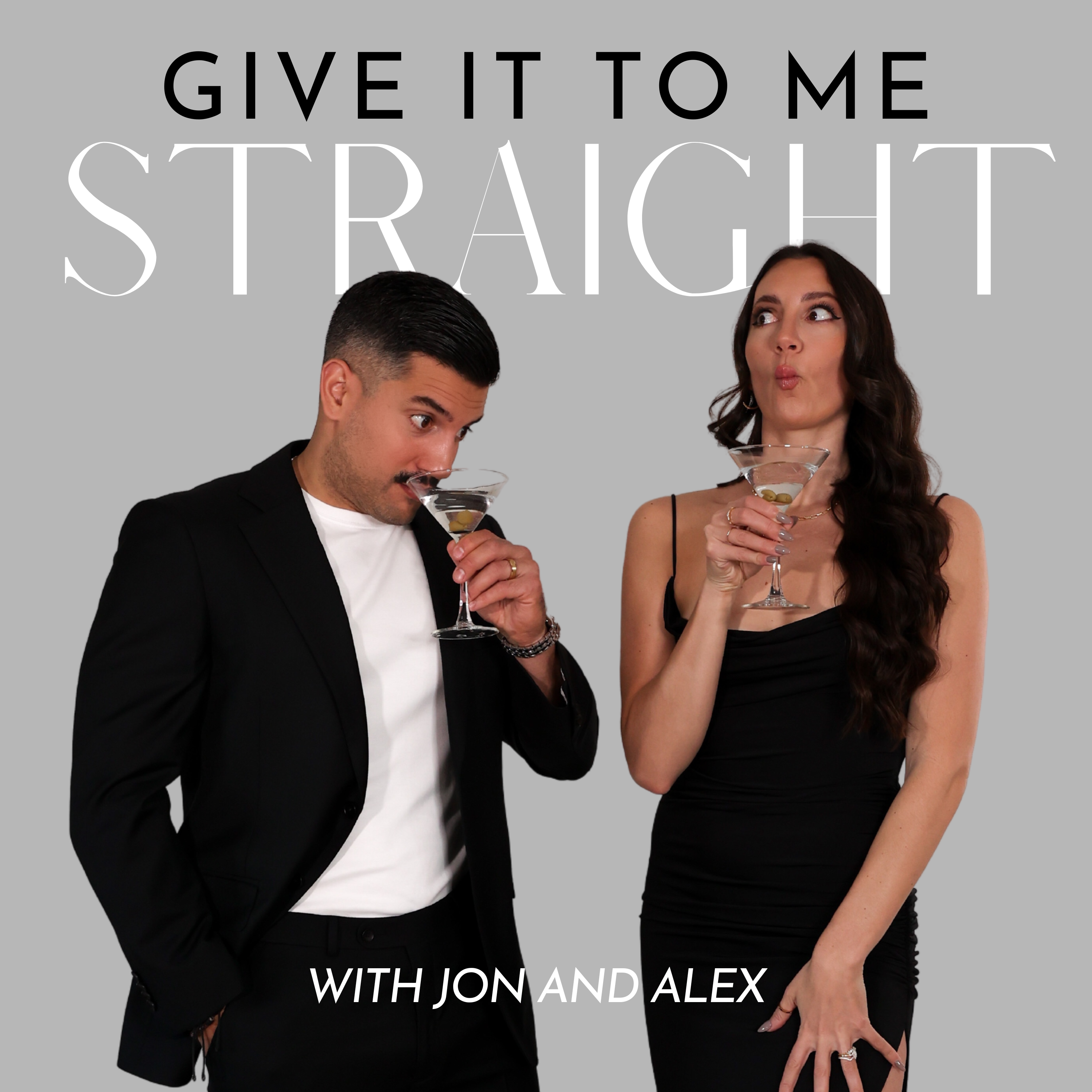


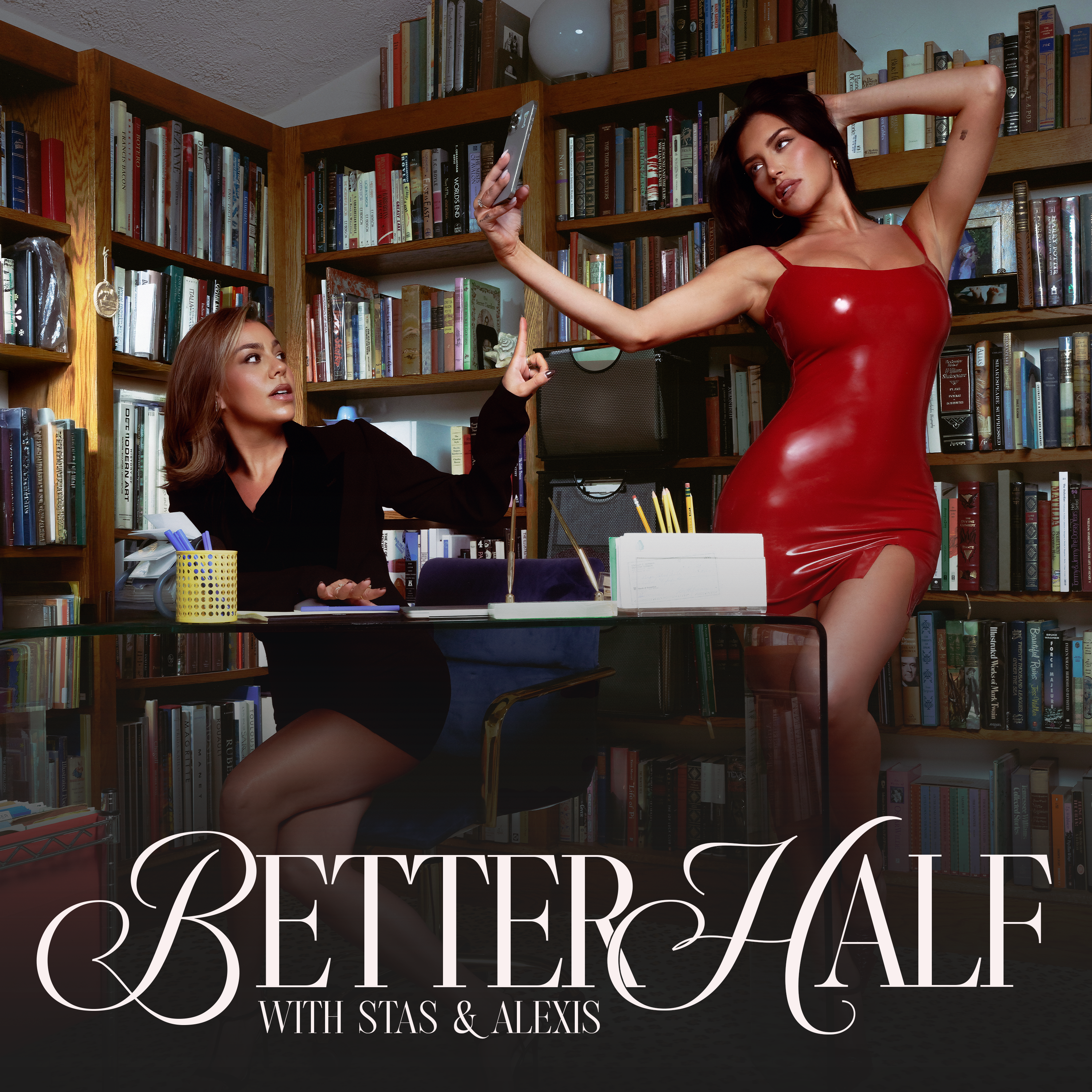
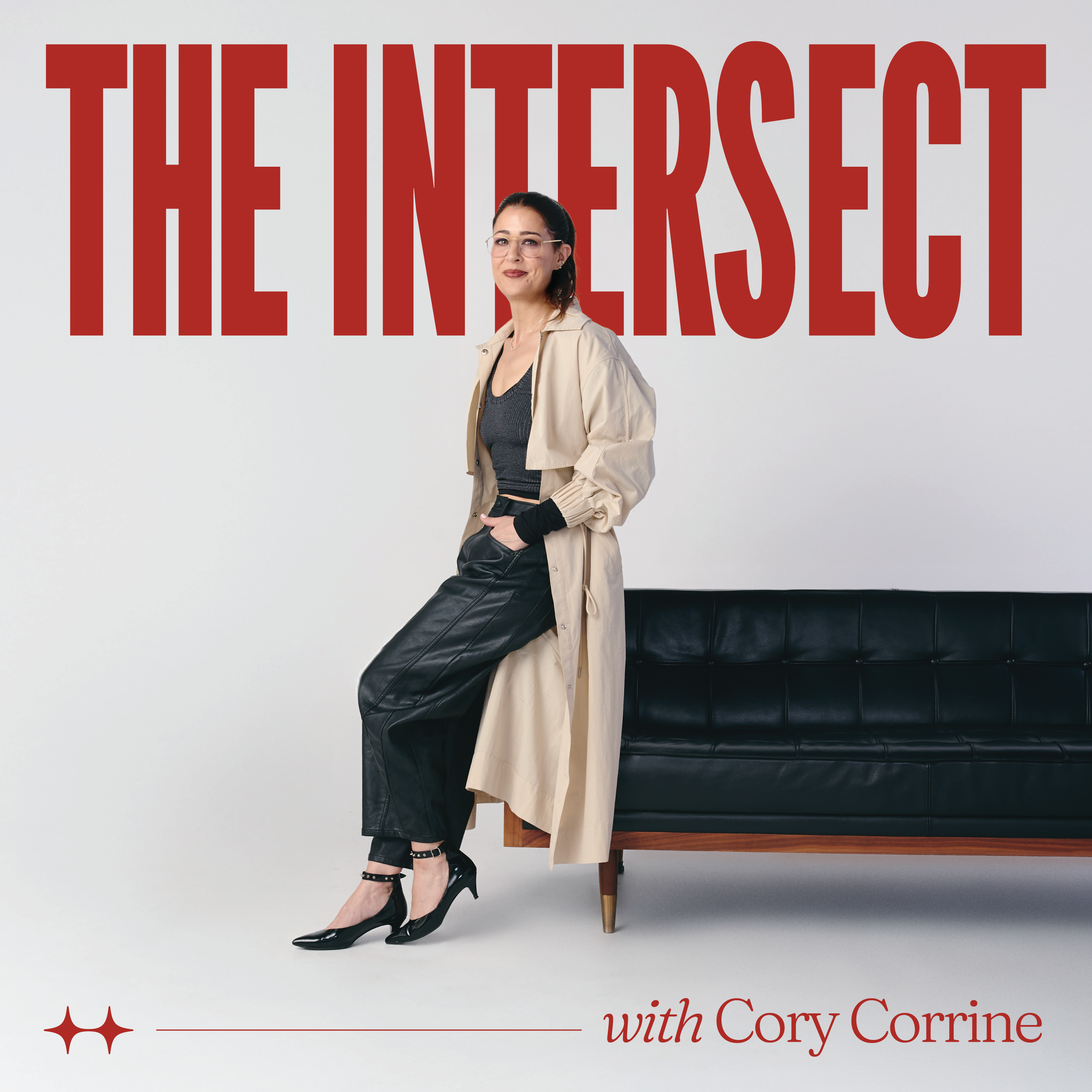
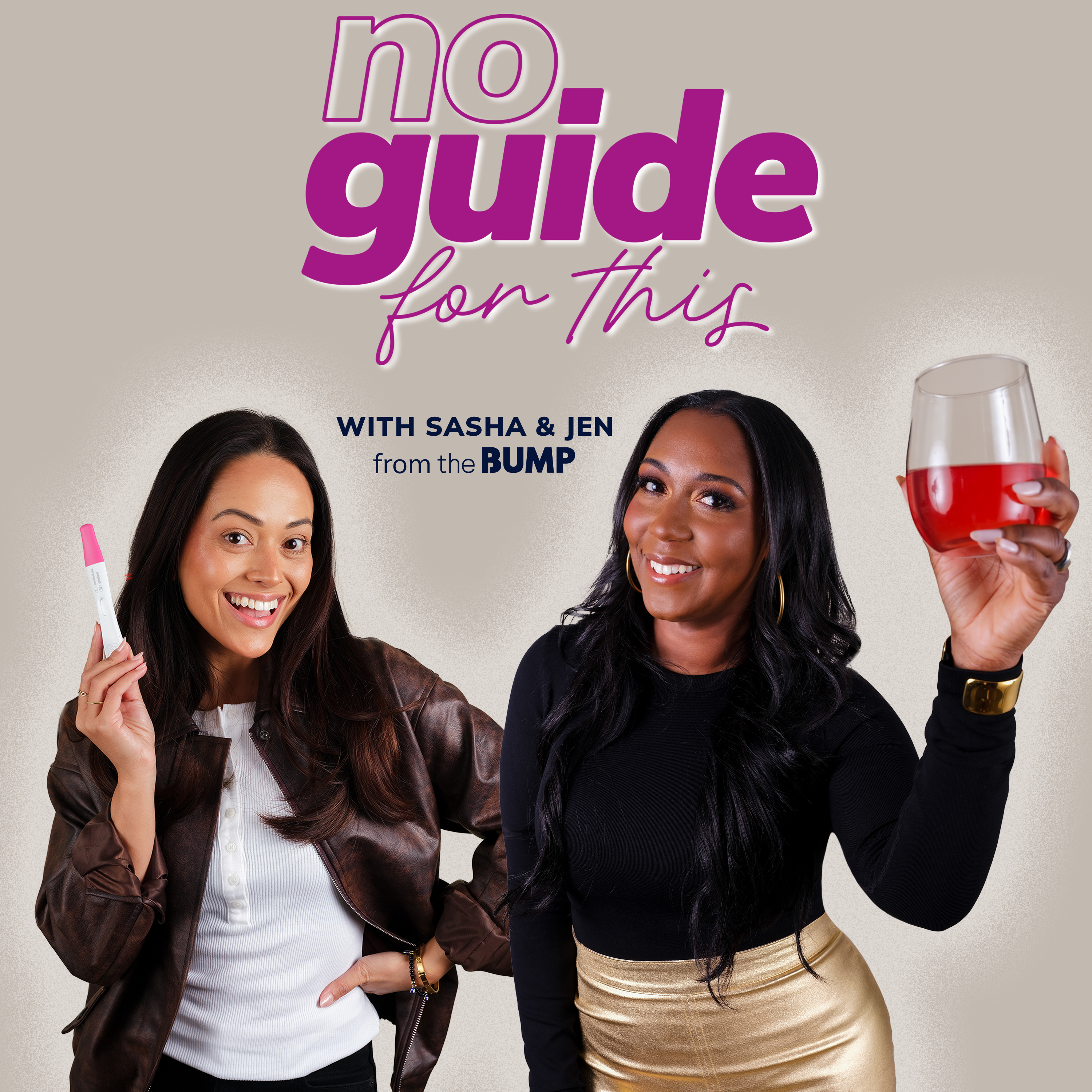


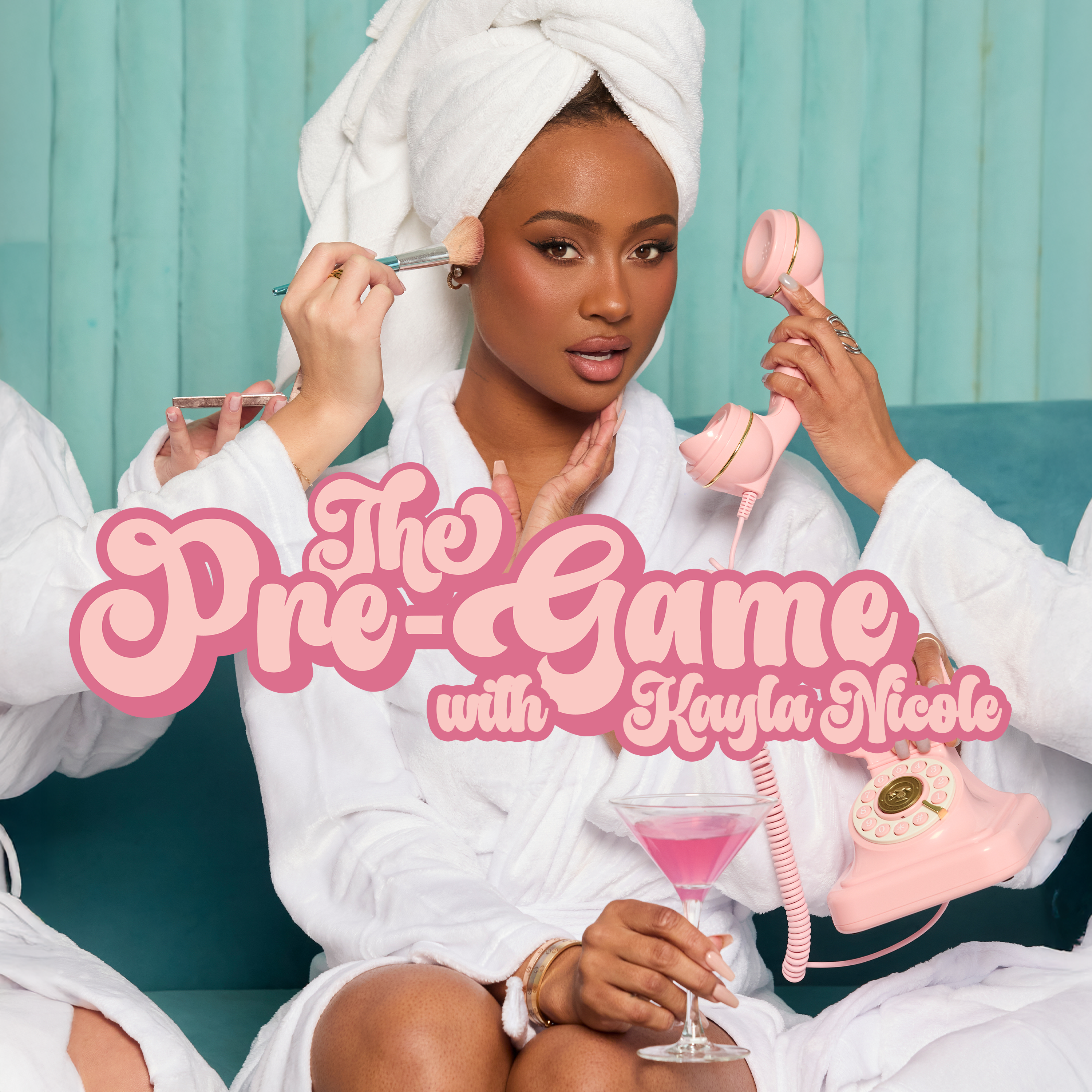

Leave a Reply